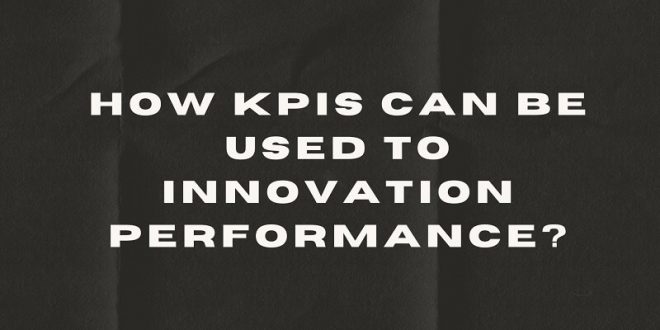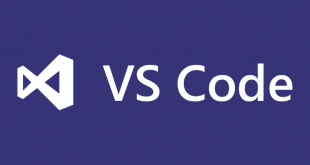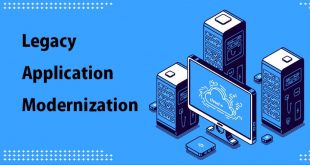Discover how KPIs can be used for Innovation Performance. This guide explores the strategies and techniques to effectively use KPIs for innovation success.
Innovation is the lifeblood of any successful organization. It drives growth, enhances competitiveness, and ensures long-term sustainability. However, assessing the effectiveness of innovation efforts can be a daunting task. To navigate this challenge, organizations are turning to Key Performance Indicators (KPIs) and sophisticated software tools to measure and manage their innovation initiatives. In this article, we’ll explore how KPIs and software can be used to evaluate and enhance innovation performance.
How KPIs can be used for Innovation Performance?
Defining Innovation KPIs
Before diving into the world of innovation KPIs, it’s crucial to establish a clear understanding of what innovation means for your organization. Innovation can encompass a wide range of activities, from product development to process improvements, customer experience enhancements, and more. Once you’ve defined your innovation objectives, you can identify the specific KPIs that align with them.
Some common innovation KPIs include:
- Time to Market: This KPI measures the time it takes for an idea to transform into a market-ready product or service. It reflects an organization’s ability to respond quickly to changing market demands.
- R&D Investment Ratio: This KPI assesses the proportion of the budget allocated to research and development activities. A higher ratio often indicates a commitment to innovation.
- Idea Conversion Rate: This metric tracks the percentage of ideas generated within the organization that actually materialize into innovations. It helps gauge the effectiveness of the innovation pipeline.
- Innovation ROI: This KPI calculates the return on investment for innovation initiatives. It is a critical measure of the financial impact of innovation efforts.
Leveraging Software for Data Collection and Analysis
Once you’ve established your innovation KPIs, the next challenge is collecting and analyzing the necessary data. This is where an innovation management solution come into play. Innovation management software offers a centralized platform for tracking and managing innovation initiatives. It provides the following benefits:
- Data Collection Automation: Software can streamline the process of gathering data from various sources, including customer feedback, project timelines, and financial records. This automation reduces the risk of human error and ensures data accuracy.
- Real-time Analytics: Many innovation management software solutions offer real-time analytics dashboards, allowing organizations to monitor their KPIs and innovation progress continuously. This enables quick decision-making and adjustments.
- Collaboration Tools: Collaboration is a crucial aspect of successful innovation. Innovation software often includes collaboration features that facilitate idea sharing, team collaboration, and project management.
- Historical Data Analysis: Software can store historical innovation data, enabling organizations to identify trends and patterns in their innovation efforts over time. This data-driven approach helps refine innovation strategies.
Measuring Innovation Culture
Innovation is not just about metrics and numbers; it’s also deeply rooted in the organization’s culture. Assessing and nurturing a culture of innovation is vital for long-term success. Software can help in measuring and improving innovation culture by:
- Employee Engagement: Innovation software can track employee engagement in innovation activities, such as idea submission, participation in innovation challenges, and feedback sharing. Also, this data can highlight areas where engagement needs improvement.
- Recognition and Rewards: Many software solutions include features for recognizing and rewarding employees for their contributions to innovation. Also, these incentives can boost motivation and foster a culture of innovation.
- Collaboration and Communication: No code app building software organizations like Fliplet, often provide collaboration and communication features within their solutions that promote knowledge sharing and cross-functional collaboration, both essential elements of an innovative culture.
Tracking Customer-Centric Innovation
Innovation isn’t solely about internal processes; it’s also about meeting customer needs and expectations. The software can assist in tracking customer-centric innovation by:
- Customer Feedback Analysis: Innovation software can aggregate and analyze customer feedback, identifying pain points, unmet needs, and also opportunities for innovation.
- NPS (Net Promoter Score): NPS is a valuable KPI for assessing customer satisfaction and loyalty. Software can automate the collection and analysis of NPS data, enabling organizations to measure their innovation’s impact on customer perception.
- Market Trends Monitoring: Keeping an eye on market trends and competitors is crucial for staying ahead in innovation. The software can assist in monitoring these external factors and aligning innovation efforts accordingly.
Continuous Improvement and Adaptation
Innovation is an ongoing process that requires continuous improvement and adaptation. Software plays a pivotal role in this regard:
- Providing Feedback Loops: Innovation software can facilitate feedback loops that allow organizations to learn from both successes and failures. This information is invaluable for refining innovation strategies.
- Benchmarking: Through software, organizations can benchmark their innovation performance against industry standards and competitors, identifying areas where they excel and where they need improvement.
- Scenario Analysis: Some software solutions offer scenario analysis tools that allow organizations to simulate the potential impact of different innovation strategies before implementation. Also, this proactive approach can prevent costly mistakes.
Conclusion
Innovation is a complex and multifaceted endeavor, but it’s also a critical driver of success in today’s fast-paced business environment. To assess and enhance innovation performance, organizations must embrace a data-driven approach supported by KPIs and software tools. By defining relevant KPIs, leveraging innovation management software, measuring innovation culture, tracking customer-centric innovation, and continuously adapting and improving, organizations can unlock their full innovation potential and secure a competitive edge in their respective markets.
Also, you can check: Top 10 Emergency Management Apps to Keep You Prepared.
 Free Web Resources , psd, mockups, & web templates Best WordPress Themes & Best Html Templates
Free Web Resources , psd, mockups, & web templates Best WordPress Themes & Best Html Templates








